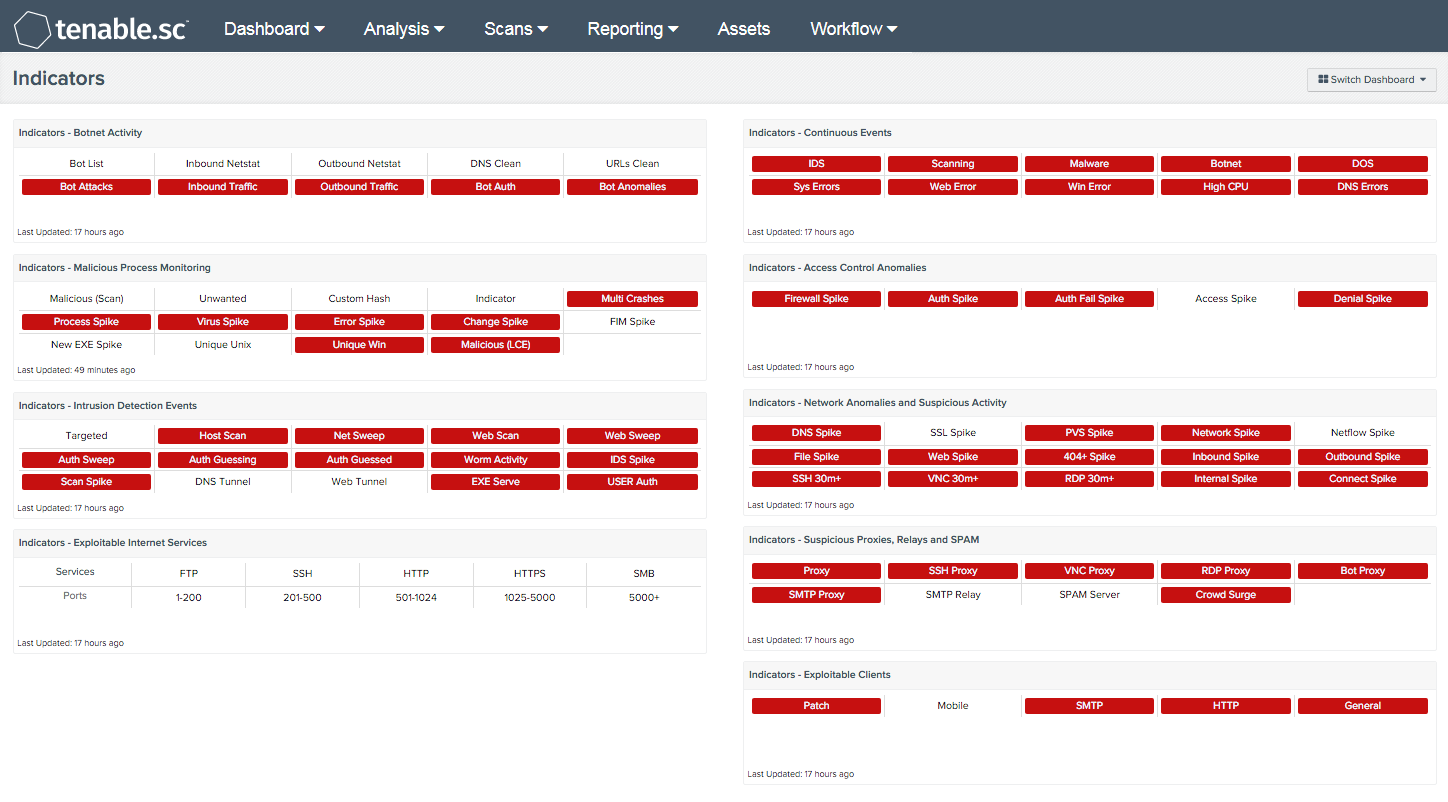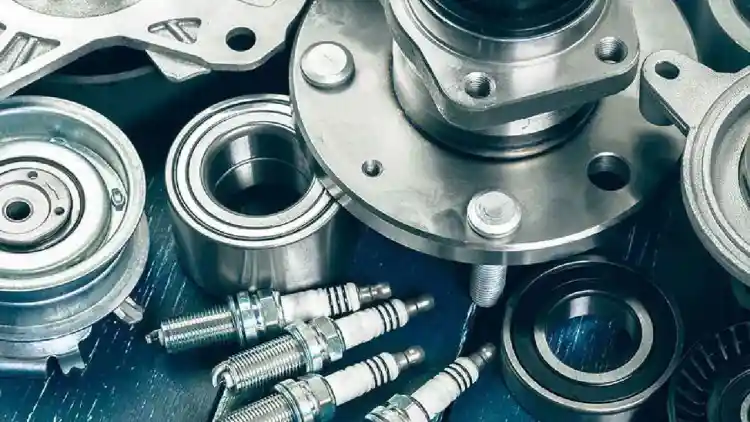- Understanding Dashboard Functions and Indicators
- Common Dashboard Warning Lights and What They Mean
- Smart Ways to Watch Your Dashboard
- When a Warning Light Comes On:Steps to Take
- FAQ
Your car’s dashboard is like its heartbeat—it keeps you informed about what’s happening under the hood while you drive. From warning lights to gauge readings, the dashboard helps you track your vehicle’s overall health and alerts you when something needs attention. Understanding its functions is essential for confident driving and quick troubleshooting. Let’s explore the basics and best practices for staying in control.
Understanding Dashboard Functions and Indicators
The dashboard is the central control panel of your car, providing key insights into its performance and potential problems. It houses various gauges, lights, and indicators designed to keep you updated.
Key Instruments on Your Dashboard
Here are the essential dashboard components you should always keep an eye on:
Speedometer:Displays your current speed, helping you stay within legal limits and drive safely.
Fuel Gauge:Indicates the amount of fuel remaining in the tankUAE TankKSA TankKuwait TankQatar TankOman TankBahrain TankEgypt Tank. When it’s low, it alerts you to refuel before running out.
Temperature Gauge:Measures the engine's cooling system temperature. If the needle moves toward the hot zone, it’s a sign of engine overheating.
RPM Counter (Tachometer):Shows the revolutions per minute of your engine, letting you know if your car is overworking.
Odometer:Tracks the distance your car has traveled overall. This is used for maintenance planning and resale valuations.
Common Dashboard Warning Lights and What They Mean
Dashboard warning lights help you identify and respond to issues quickly. They are color-coded to indicate severity:
Key Warning Light Categories:
Red Lights:Signal serious issues requiring immediate action.
Yellow/Amber Lights:Suggest caution; these problems should be addressed but don’t require urgent stops.
Green or Blue Lights:Indicate that a feature is active, such as headlights or cruise control.
Common Warning Lights Table
Here is a breakdown of common warning lights you might encounter:
Warning Light Symbol | Color | Likely Meaning | What to Do |
|---|---|---|---|
Oil Can | Red | Low Oil Pressure | Stop driving and check oil level |
Battery | Red | Charging System Problem | Get electrical system checked soon |
Engine Icon | Yellow | Engine Needs Attention | Schedule a repair session |
ABS | Yellow | Anti-lock Brake Issue | Brakes still function, system needs check |
Tire Symbol | Yellow | Low Tire Pressure | Inspect and inflate tires soon |
Understanding these lights and symbols will help you avoid costly repairs and ensure your safety on the road.
Smart Ways to Watch Your Dashboard
To make the most of your dashboard, follow these tips:
Perform Routine Glances:Regularly check your gauges and warning lights while driving to stay alert to any changes.
Understand Light Meanings:Familiarize yourself with what each color and symbol means for quick action.
Track Fuel Levels:Always ensure the fuel gauge is not nearing empty, especially on longer trips.
Check Temperature Gauge:If the engine temperature is rising, stop and resolve the issue before it worsens.
When a Warning Light Comes On:Steps to Take
If your car’s warning lights appear, here’s what you can do:
Stay Calm:Avoid panic, and focus on understanding what the light represents.
Identify the Color:Red demands immediate attention; yellow calls for quick but not urgent action.
Follow Safety Protocols:For red lights, find a safe place to pull over and inspect the issue. For yellow warnings, consult your car’s manual or visit a repair shop soon.
Act Promptly:Don’t ignore warning lights as they signal potential damage, especially in critical systems.
FAQ
Q:Why is a red light on my dashboard bad?
A red warning light often indicates serious issues, such as low oil pressure or engine overheating, that could result in damage or unsafe conditions. You should address it immediately.
Q:Are dashboard symbols the same in all cars?
While many symbols follow international standards, some may vary slightly based on car manufacturers. Always consult your vehicle’s owner manual for specifics.
Q:Can I drive with the yellow engine light on?
Yes, you can usually drive with a yellow engine light, but it’s advisable to get it checked promptly. Driving for prolonged periods may worsen the issue.
Q:What do I do if a warning light doesn’t activate during startup?
When starting your car, all warning lights should briefly illuminate as part of a system check. If a light remains off, it may indicate a fault in the warning system; have it inspected by a mechanic.
Read More:
Ford Territory 2024 Interior:Key Features & Upgrades You Should Know
Used Car Valuation:5 Expert Tips to Determine Your Vehicle's True Worth













